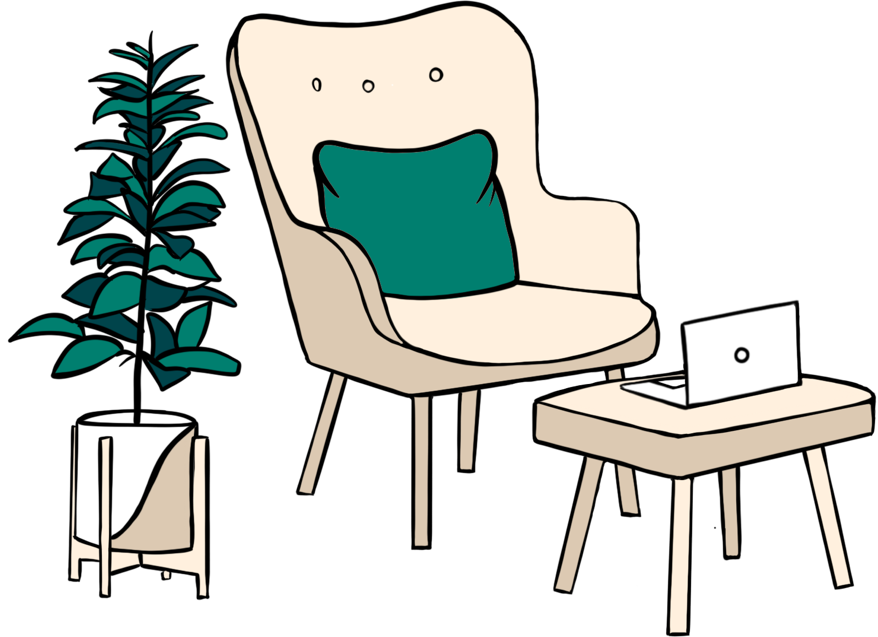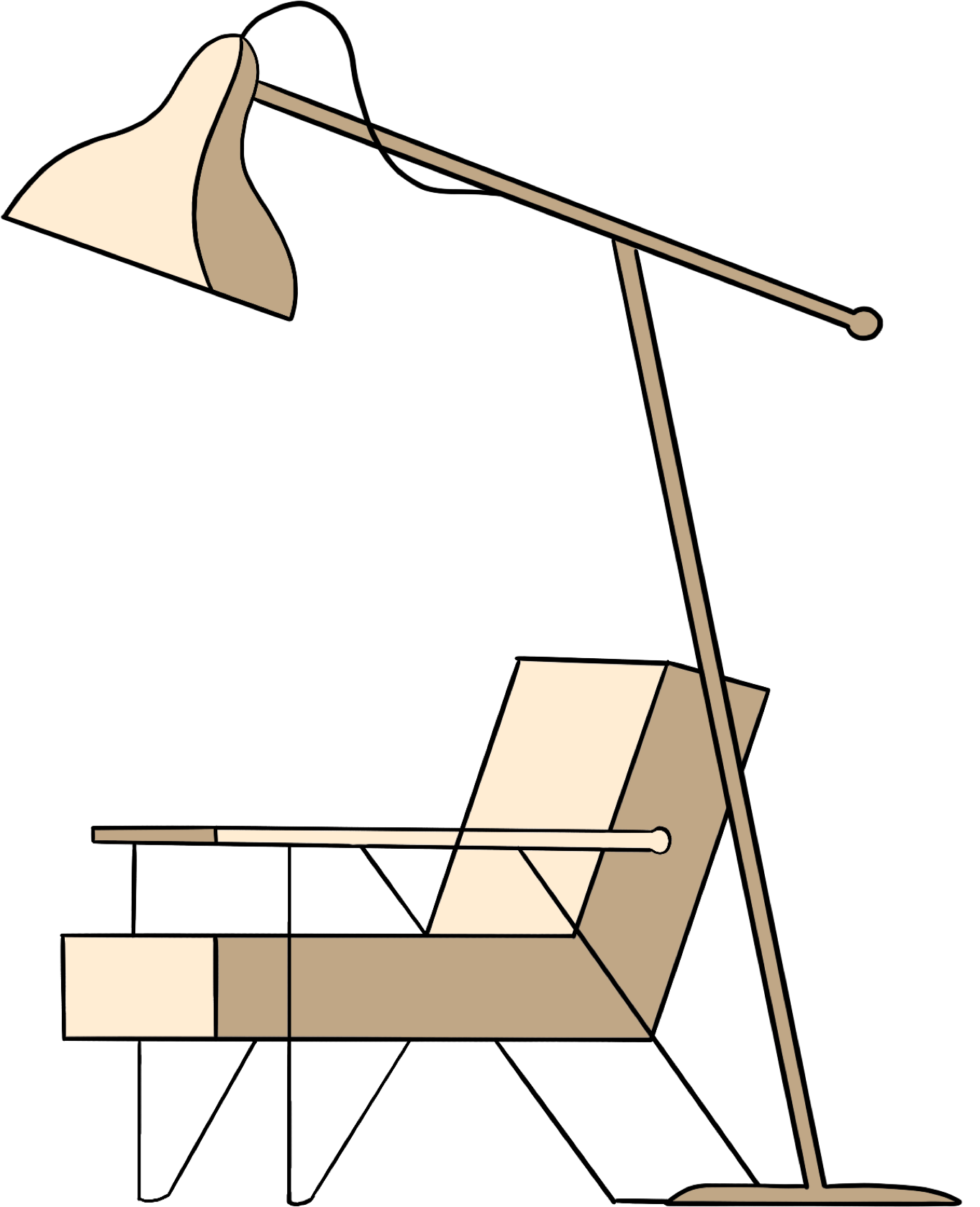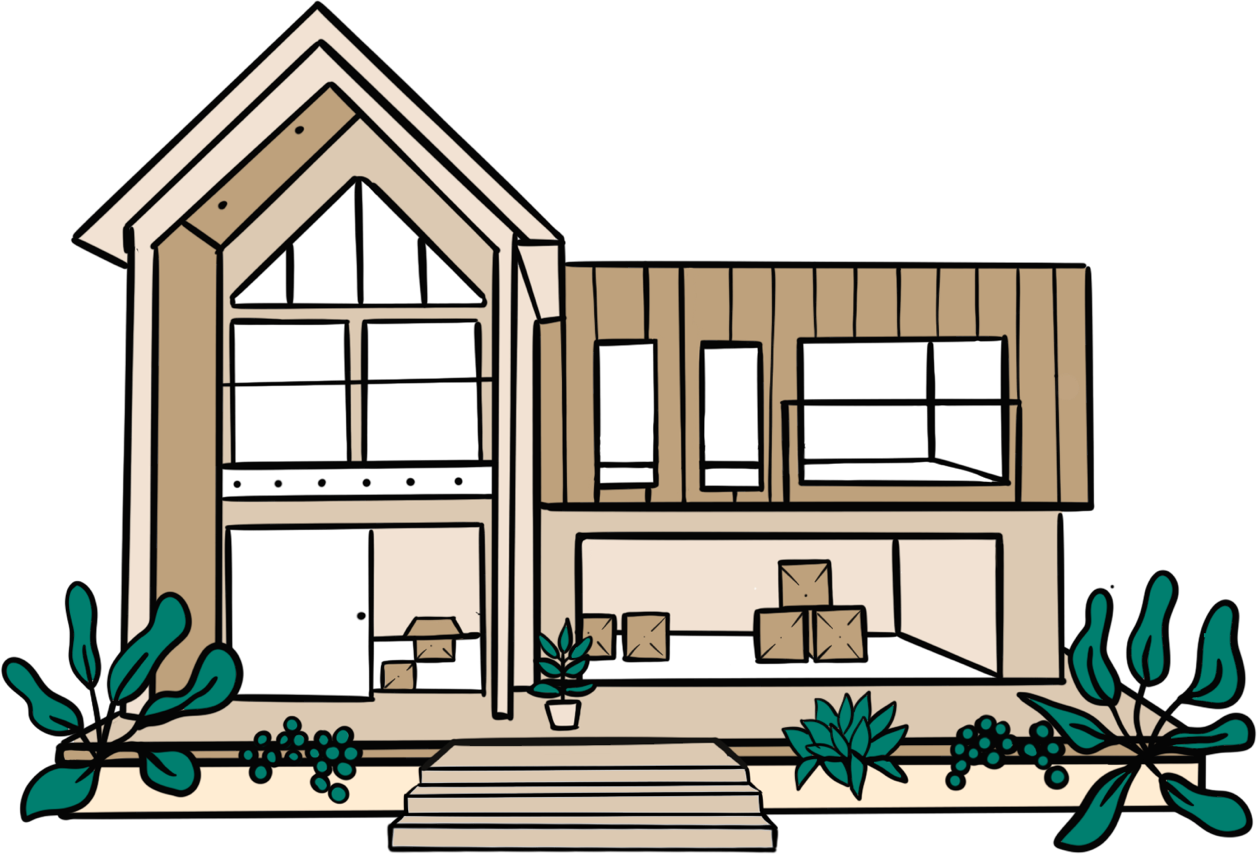Tell us about your move - are you buying, selling, or both?

Key takeaways
- Freehold means you own both the property and the land, while leasehold means you own the property for a fixed period
- Most flats and apartments in the UK are sold as leasehold properties
- New leasehold properties typically come with lease lengths of 999, 125 or 99 years
- Leasehold properties often require additional payments like ground rent and maintenance fees
- Leasehold conveyancing fees are typically higher than freehold due to additional legal requirements
Buying a property is, for most people, the biggest investment they’ll ever make. So, it’s vital to know all the details on the property to make an informed decision.
Most properties in the UK are sold as either a freehold or leasehold. In this article we look at what leasehold and freehold properties are, the fundamental differences, and pros and cons of buying each one. This should help you to make an informed decision for your property purchase.
What is the difference between leasehold and freehold?
The key difference between leasehold and freehold is that with freehold you will own the property and the land it is built on, whereas with leasehold you’re buying the property and possibly some land, but you don’t outright own the property and land. Although this is the most commonly known difference between leasehold and freehold, it’s not the only one.
Some other key differences include:
How long you’re the owner
When you purchase a freehold property, you are the owner until you either sell the property or choose to pass the ownership onto someone else. However, if you own a leasehold property you only own the property until you either sell it, pass the ownership onto someone else, or the lease runs out, in which case ownership of the house would revert to the freeholder.
Selling a leasehold: what homeowners needs to consider.
Price
Sometimes, although not always, the price of a leasehold property can be lower than a freehold. It is often possible to get a very similar house, in the same area and of the same size at a cheaper price when it is sold as leasehold instead of freehold. This is due to freehold properties being more desired.
However, the cost of conveyancing fees for a leasehold property is typically higher than that of a freehold due to your conveyancer needing to communicate with more people and make additional enquiries.
What is a conveyancer and what do they do?
Responsibilities
Owners of freehold properties have the responsibility to maintain their own houses. However, for many leaseholds, the external areas and communal areas will be maintained by the freeholder. This can include shared car parks, gardens, and hallways. Additionally, when you own a flat as part of leasehold, you will not have responsibility for the structure of the building and roof. This would instead be the landlord’s responsibility, and all the leaseholders would pay the landlord for the cost of this maintenance.
Charges
Owning a leasehold property could mean that you have to pay a ground rent to essentially ‘rent’ the ground your property sits on from the freeholder. Another potential additional cost for leasehold is a maintenance fee. This is could be paid to either the landlord or a management company who has been given the responsibility to maintain the structure of the building, and communal areas, such as hallways and gardens. These charges are usually paid either monthly, quarterly or annually.
You could also owe charges to a management company if you own a freehold, becoming increasingly common with new build developments.
What is a freehold management company?
Restrictions
When you own a freehold property, it is entirely yours, meaning you don’t need to obtain someone’s permission (other than planning permission and building regulations' approval) before making changes to the property. However, with leasehold, you might require permission from the leaseholder to make any changes to the inside of the property or to add any external buildings, such as sheds and garages.
Additionally, some leasehold properties may prevent you from owning pets, running a business from home, and even subletting. It's important to check your lease for any defects.
Choosing between freehold and leasehold
If you’re looking at purchasing a property that is leasehold, it’s important to look at the length of the lease, additional costs involved, and potential restrictions implemented with it. We’ve considered some of the key leasehold options against freehold below.
Long leasehold vs freehold
New leasehold properties, or leases which are renewed, are generally created for either 999, 125 or 99 years.
If the property you’re considering buying has a long lease, such as 999 years, then this is typically considered to be as good as a freehold property. In fact, there’s no chance of it running out in your lifetime (or in that of a few owners' lifetimes). This means you won’t lose ownership of your house, and the length of lease also won’t prevent you from selling the property.
However, you may still incur extra costs with things such as maintenance fees and ground rent.


Share of freehold vs leasehold properties
Sometimes there is the option to buy a share of the freehold whilst owning a leasehold property. This is most common in flats where each of the flat owners own a share in the freehold.
The main difference between owning a leasehold property and a leasehold with a share of the freehold, is that you will be jointly responsible for maintenance of communal areas and buildings with the other flat owners. This can be cheaper than using a third party management company, and also provide you with more freedom, but note that all owners must agree to the changes.
Key differences between leasehold and freehold

FAQs about leasehold and freehold properties
What is a freehold?
A freehold property is where you own both the property and the land that it’s built on.
What is a leasehold?
A leasehold property is where you own the property for a certain period of time, but not the land it is built on. Each leasehold has a lease length, which is the amount of time before the property reverts to the ownership of the freeholder.
Can the lease be extended on a leasehold property?
The lease can be extended on leasehold properties if an agreement is met with the freeholder.
What sort of properties are leasehold?
The most common type of leasehold property is flats, apartments, and houses which have been converted into individual dwellings. This is because they share communal areas and outdoor spaces. Some houses are also leasehold because a previous seller has interest in the ground – to either gain a rental income or build another house.

Still have questions?
The conveyancers at Eden are all experienced in both freehold and leasehold properties and available to answer your questions along the way. Get a quote, and we’ll advise you on everything you need to know about buying or selling both leasehold and freehold properties.
Or, check out all our help and advice articles, including information on searching for houses, what happens after an offer is accepted, and even guidance on the key conveyancing terms.

